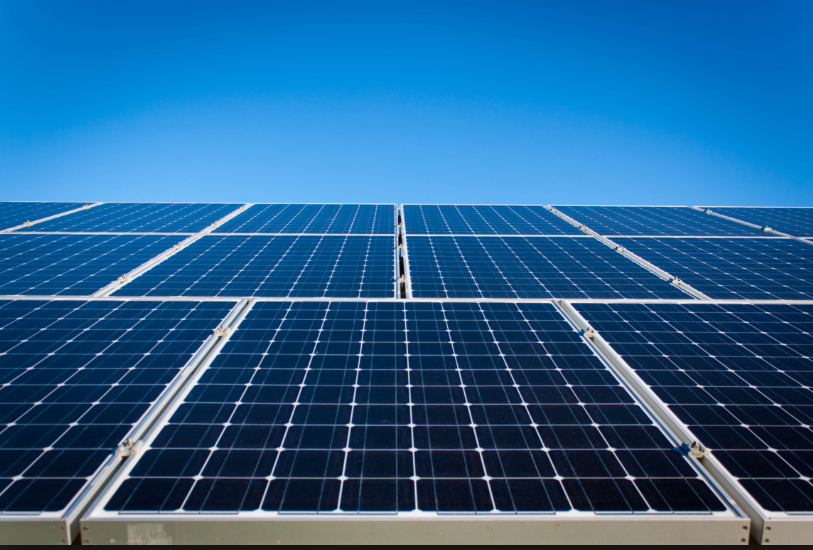Are you a Maine homeowner looking to take control of your energy costs while reducing your carbon footprint? Look no further! Team Solar is here to help you harness the power of the sun and make a positive impact on your home, your wallet, and the environment.
As the world continues to seek sustainable and renewable energy sources, solar panels have emerged as a promising solution. Solar panels, also known as photovoltaic (PV) panels, are devices that convert sunlight into electricity. They have gained popularity as a clean, green, and cost-effective alternative to traditional energy sources. But how do solar panels work? In this article, we will shed light on the inner workings of solar panels and explore how they harness the power of the sun.
The Basics of Solar Panels
At the heart of a solar panel are photovoltaic cells, which are made of semiconductor materials, typically silicon. When sunlight, composed of photons, strikes the surface of the solar panel, it interacts with the semiconductor material and energizes the electrons present in the atoms. This process generates an electric field that allows the electrons to flow and creates an electric current.
The solar panels are comprised of multiple photovoltaic cells connected in series or parallel to increase the overall power output. They are usually encased in a protective glass cover and have a metal frame for structural support. On the back of the solar panel, there is a layer of material that acts as a barrier to prevent the loss of electrons and enhance the efficiency of the panel.
Converting Sunlight into Electricity
Solar panels work through several key steps to convert sunlight into electricity. Let's take a closer look at each step:
- Absorption: When sunlight hits the surface of the solar panel, the photovoltaic cells absorb the energy from the photons. The electrons in the semiconductor material are then energized and start moving.
- Separation: The electric field created by the energized electrons causes them to move towards one side of the cell, while the positively charged "holes" move towards the other side. This separation of charges creates a voltage potential difference.
- Collection: The separated electrons are collected by metal contacts on the front of the solar panel, and the holes are collected by metal contacts on the back of the panel. These metal contacts are connected to wires, which allow the flow of electrons, creating an electric current.
- Conversion: The direct current (DC) electricity generated by the solar panel needs to be converted into alternating current (AC) electricity, which is the standard form of electricity used in homes and businesses. This is done by an inverter, which is usually installed along with the solar panels.
- Grid Connection: The AC electricity produced by the solar panels can be used to power the electrical appliances and devices in your home. Any excess electricity that is not used can be fed back into the grid, and you may receive credit for it or be paid by your utility company through a process called net metering.
Factors Affecting Solar Panel Performance
Several factors can affect the performance of solar panels, including:
- Sunlight intensity: The intensity of sunlight affects the amount of energy that can be absorbed by solar panels. Solar panels perform best under direct sunlight, but they can still generate electricity even on cloudy or overcast days.
- Angle and orientation: The angle and orientation of solar panels can impact their efficiency. For maximum performance, solar panels should be installed at an angle and orientation that allows them to receive the most sunlight throughout the day, based on your location and the time of year.
- Temperature: High temperatures can reduce the efficiency of solar panels. Most solar panels are designed to work within a certain temperature range, and excess heat can cause a decrease in performance.
- Shade: Shade from trees, buildings, or other objects can significantly reduce the output of solar panels. It's crucial to install solar panels in a location where they can receive maximum sunlight without any obstructions.



